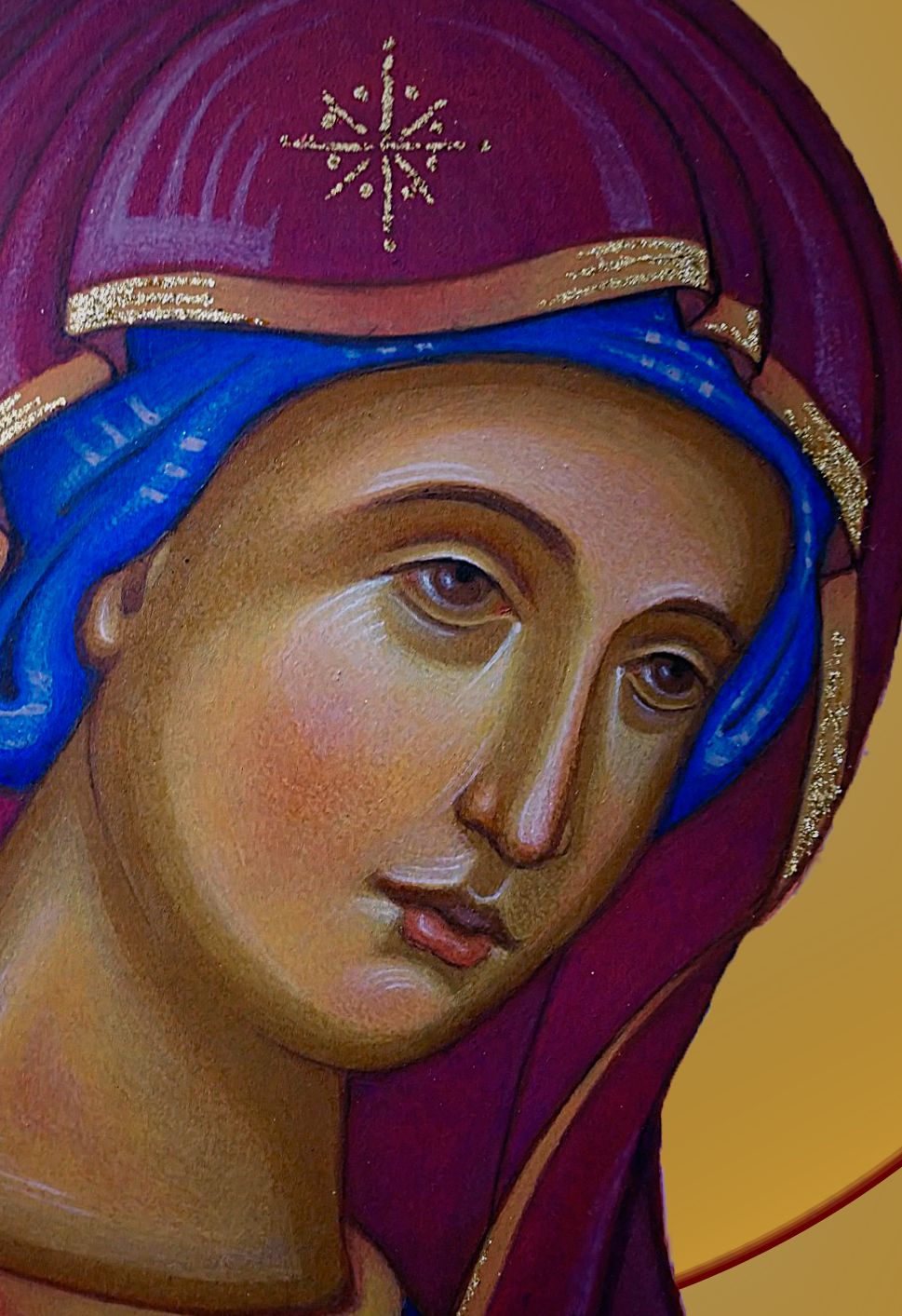

“I feel very uncomfortable with people putting icons on t-shirts, stickers, and tele- phone cases, because it’s still an icon. However, whilst many established rules exist for iconographers of the past, the digital world and their resurgence in pop- ularity bring new issues to deal with. We’re trying to show humanity in its fullest, transfigured sense.”įor example, saints who in their earthly lives may have worn glasses likely would not in icons. It’s not that we are changing things to suit a type of aesthetic. “When Christ was transfigured on the mountain and he shone with that light, the Apostles saw his Being as far as they were able. It is deliberate in order to show us ‘reality, transfigured.’ The style of iconography is very distinctive and perhaps unusual to modern eyes. What I find works for me is being able to sing hymns and Psalms while I’m painting.” “My routine for painting is to sit down, put on a headscarf as I would when I’m in church, and then either make the sign of the cross or say the Iconographer’s Prayer. When I first started, I was taught that you ‘paint from dark to light in the sense that God created darkness and then the light.’ It’s not true. “I transfer the design and gradually build up layers. The dilution stops the paint from being ‘thick and clumsy.’ Pigment is also added, and the mixing of this and the egg emulsion is called tempering. The paint Katherine uses is a mix of egg yolk with a small amount of vodka and water. “Once I’ve got the drawing pretty-much finalised in my head, I’ll use a very light paint to begin transferring onto the board.” The next step in the process is she starts sketching. My work is all about that personal connection that people may have.” “Then I discuss the person who’s commissioned the icon what it is about the saint that connects with them.

I’ll look at illuminated manuscripts, photographs, other icons. “My initial research involves either reading material that the saint has written or reading about their life. Her customers are mostly Catholics and Orthodox Christians, and the process of painting a single icon can take between two weeks to, in one case, four months. Katherine described the first five years of her iconography being ‘like walks along hot coal, you want to get to the other side.’ Although iconography is a meditative practice, it is difficult to master. Katherine Sanders has been painting icons for about 15 years. “There’s this sense that icons have a connection.” “I think that’s what we’re looking for, we need connection, we need something that’s meaningful,” she said. She recalled a friend telling her ‘I feel like there’s a person there that I can really connect to.’ One of the things that people say time and time again about my icons is, ‘I love their faces.’” “People are open to looking at different cultural expressions of faith that they may have been worried about doing 20-30 years ago. “We are looking for something that is authentic.

“I think there’s a sense that culturally, we are a bit lost,” she said. Icons, the traditional religious art, has had a surge in popularity among people looking for new ways to connect with their Faith, said Katherine Sanders, an Orthodox iconographer based in Edinburgh.


 0 kommentar(er)
0 kommentar(er)
